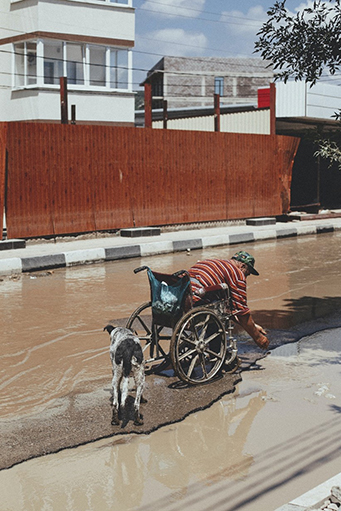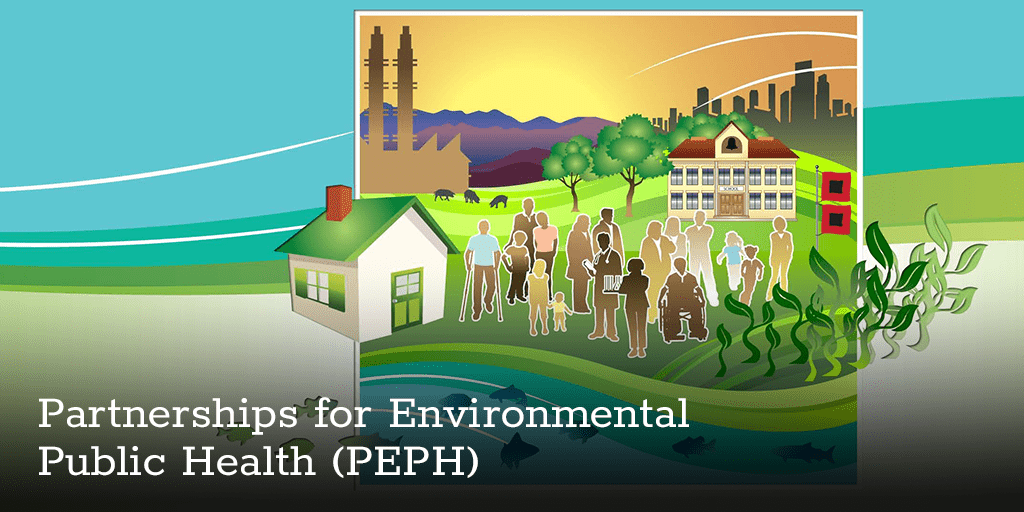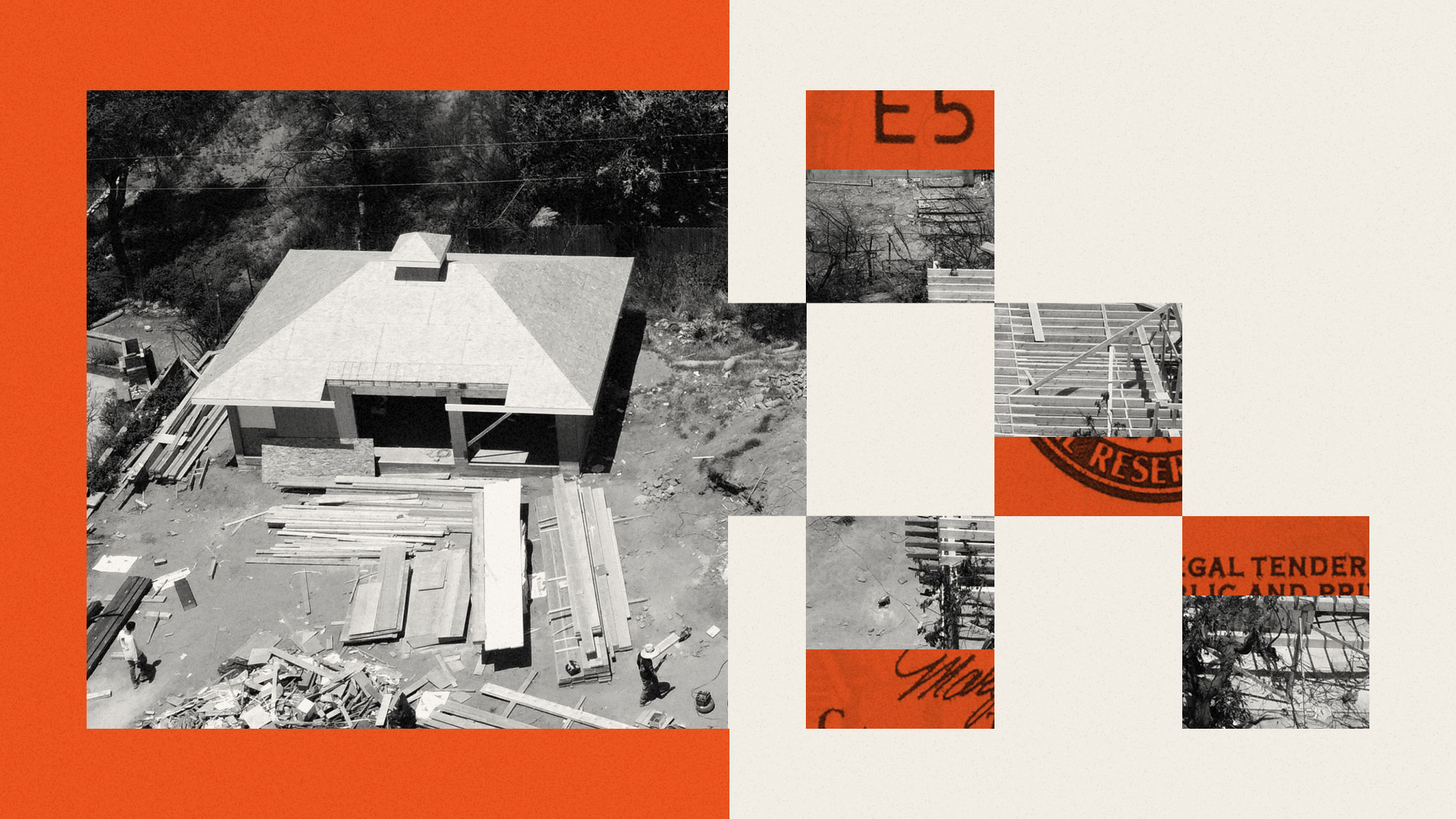Two research teams at the University of Puerto Rico-Medical Sciences Campus engaged with the local community to understand needs before and after various natural disasters and public health emergencies. The teams were from:
These teams adapted disaster responses by working with communities during and after hurricanes, earthquakes, and the spread of infectious diseases. Both the CCRHD and PROTECT teams followed a three-step process to conduct outreach:
- Reach out to community members after each emergency to assess immediate needs.
- Categorize needs such as materials, educational resources, service referrals, and collaborations.
- Deliver support in a coordinated and timely manner, whether in-person or online.
Their work exemplifies the important role academic research institutions can play in contributing to community empowerment in recovery efforts. A March 2023 paper describes the researchers’ approaches and lessons learned.
Addressing Natural Disasters and Emergency Events in Puerto Rico
“Residents of Puerto Rico have experienced an unrelenting series of emergencies in the recent past,” reflected Irene Lafarga Previdi, Ph.D., community engagement coordinator for the CCRHD Research Centers in Minority Institutions Program. “However, the community is resilient. Our role is to work with the community to understand their needs and empower them to respond to emergencies.”
From 2015 to 2022, the residents of Puerto Rico faced a series of disasters and emergencies, including the Zika epidemic, hurricanes Irma and Maria, earthquakes, and the COVID-19 pandemic. Given the short period of time over which they occurred, the effects of each event compounded unresolved challenges from prior events. Additionally, Puerto Rico’s 15-year debt crisis affected the country’s capacity to prepare for and respond to disaster. During this unprecedented time, researchers worked with community members to address their recovery needs, demonstrating how academic research institutions can play an important role in recovery after disasters.
Buildings destroyed after a severe weather event. (Photo courtesy of Franklin Peña Gutierrez of Pexels)
At the beginning of the Zika epidemic in 2015, the CCRHD team initiated a pilot project to develop risk communication strategies to control and prevent the spread of the virus. The project used a community-based participatory research approach to create communications focused on Zika awareness, a health fair, health education through theater, and community forums and workshops. An evaluation of the project indicated increased community knowledge about Zika virus spread and behaviors to control mosquitoes, carriers of the Zika virus.
The PROTECT project was part of an international study of the effects of the Zika virus on pregnancy and birth outcomes. In the aftermath of hurricanes Maria and Irma, the research team reached out to community partners to determine their needs. Participants expressed a need for safe drinking water, mosquito repellent, and baby supplies, such as diapers and food. The research team collaborated with community organizations to get materials to participants.
The two programs worked together to conduct a variety of outreach activities after the hurricanes. Since conditions after the hurricanes were ideal for mosquitoes to multiply rapidly, researchers visited a residential area to conduct training sessions on how to prevent mosquito-transmitted diseases. The teams distributed mosquito nets and traps and demonstrated how to use them. Researchers also shared information about the risks of contaminated water and distributed water filters.

A man travels down a flooded roadway. Standing water such as this creates conditions that may increase the numbers of mosquitoes, which can spread disease. (Photo courtesy of Elena Kuzmina of Pexels)
When earthquakes hit the island in January 2020, the research teams again worked with community members, leveraging knowledge gained from prior disasters, to promote public health. The CCRHD and PROTECT teams conducted a needs assessment for residents of temporary shelters. In addition, the CCRHD Program team worked with researchers at the University of Puerto Rico-Medical Sciences Campus Public Health School and the Puerto Rico Public Health Trust to distribute necessities such as water filters and mosquito repellent to residents living in temporary shelters.
Both teams continued to support community initiatives and remained responsive to community needs throughout the COVID-19 pandemic. The CCRHD team collaborated with health and community organizations to distribute face masks and hand sanitizer. In collaboration with the Puerto Rico Public Health Trust, the teams also developed and disseminated a comprehensive community guide about COVID-19 prevention and vaccination. The PROTECT team, after learning that residents preferred COVID-19 information in visually appealing, digital formats, created material in formats such as webinars, animated videos, and infographics. To ensure a wide distribution, PROTECT sent materials through text messages and social media.
“CCRHD and PROTECT adapted community engagement efforts to the situation at hand, the needs of our collaborators, and the needs of the community,” stated Carmen Vélez Vega, Ph.D., community engagement director of CCRHD and PROTECT. “Not every situation required just educational materials; sometimes we were out there giving out masks for COVID-19, or mosquito nets for Zika or after the hurricanes, for example. Where we could meet a need of our community, we did.”
Lessons Learned
The CCRHD and PROTECT research teams learned several valuable lessons through their experiences engaging with communities. They found it is important to:
- Collaborate with other organizations to avoid duplicating efforts.
- Develop or have established relationships with communities where a research team would like to have an impact, since this will facilitate trust, communication, and implementation.
- Identify actual needs that should be met by consulting the communities themselves.
- Involve the community by working together and considering their knowledge, experience, and skills.
These teams exemplify the importance of having a community engagement core or a community engagement component within a larger research center. As demonstrated, these aspects enable research centers to build relationships with local communities before disasters or emergencies happen so they can engage effectively and address a community’s needs promptly during emergencies.
“As researchers, we are well-positioned to assess needs and then address them through effective approaches, particularly community engagement,” said Lafarga Previdi.
Vélez Vega added, “We look forward to furthering our community engagement efforts to continue building back from these emergencies.”
Source link
www.niehs.nih.gov



